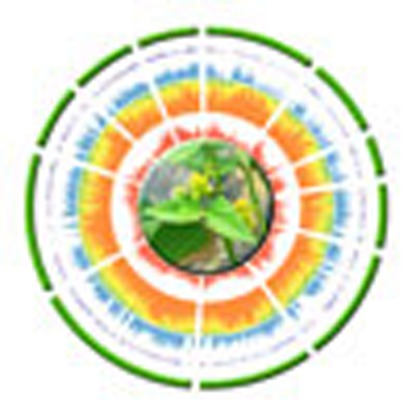- Record: found
- Abstract: found
- Article: found
Genome sequence of mungbean and insights into evolution within Vigna species

Read this article at
Abstract
Mungbean ( Vigna radiata) is a fast-growing, warm-season legume crop that is primarily cultivated in developing countries of Asia. Here we construct a draft genome sequence of mungbean to facilitate genome research into the subgenus Ceratotropis, which includes several important dietary legumes in Asia, and to enable a better understanding of the evolution of leguminous species. Based on the de novo assembly of additional wild mungbean species, the divergence of what was eventually domesticated and the sampled wild mungbean species appears to have predated domestication. Moreover, the de novo assembly of a tetraploid Vigna species ( V. reflexo-pilosa var. glabra) provides genomic evidence of a recent allopolyploid event. The species tree is constructed using de novo RNA-seq assemblies of 22 accessions of 18 Vigna species and protein sets of Glycine max. The present assembly of V. radiata var. radiata will facilitate genome research and accelerate molecular breeding of the subgenus Ceratotropis.
Abstract
 Mungbean is a fast-growing and warm-season legume crop, cultivated mainly in Asia.
Here, the authors sequence the genomes of both wild and domesticated mungbean varieties
and, together with detailed transcriptome data, provide insight into mungbean domestication,
polyploidization and speciation.
Mungbean is a fast-growing and warm-season legume crop, cultivated mainly in Asia.
Here, the authors sequence the genomes of both wild and domesticated mungbean varieties
and, together with detailed transcriptome data, provide insight into mungbean domestication,
polyploidization and speciation.
Related collections
Most cited references21
- Record: found
- Abstract: found
- Article: not found
ProtTest: selection of best-fit models of protein evolution.
- Record: found
- Abstract: found
- Article: not found
Exploiting EST databases for the development and characterization of gene-derived SSR-markers in barley (Hordeum vulgare L.).

- Record: found
- Abstract: found
- Article: found